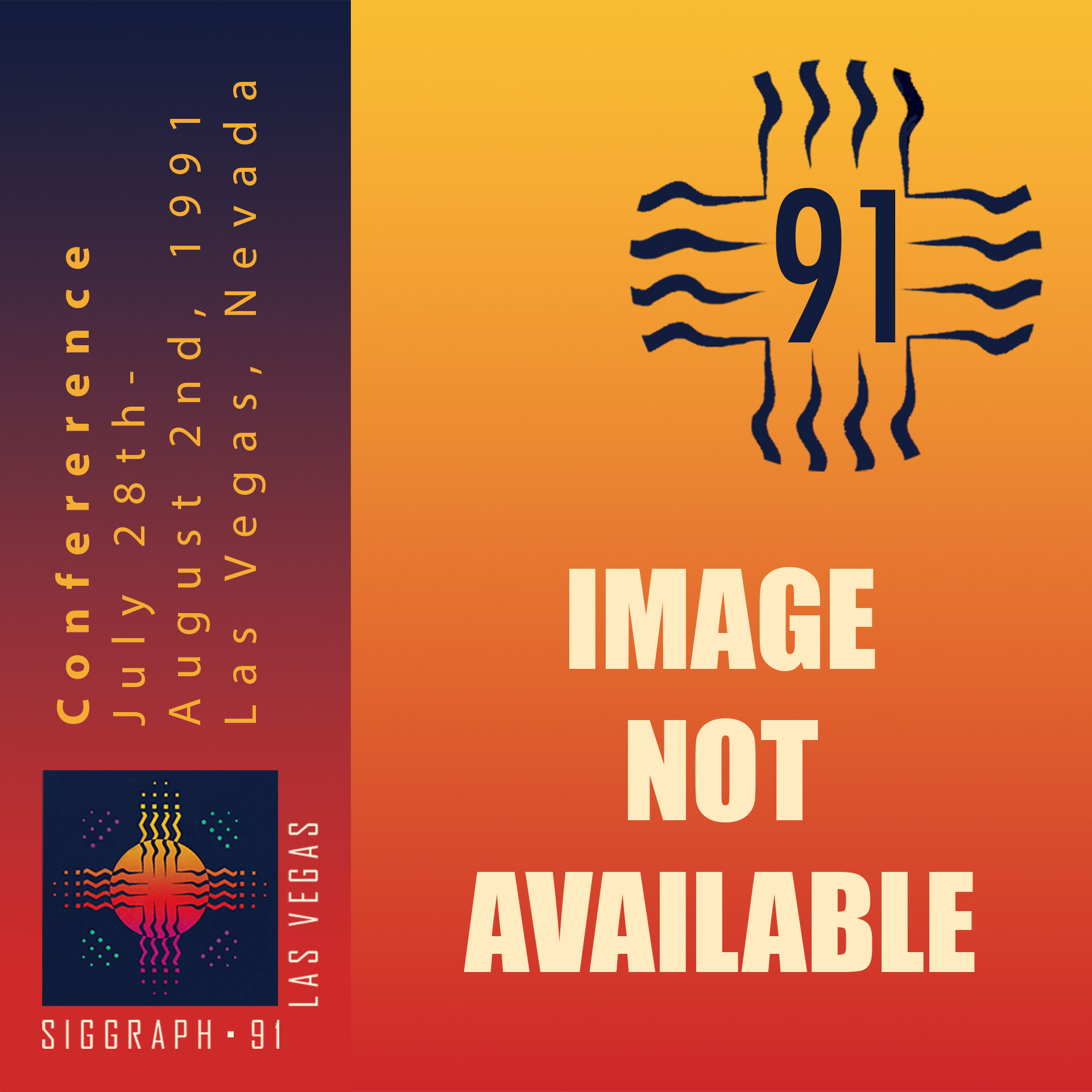“The Emperor’s New Art?” by Maxwell
Conference:
Type(s):
Title:
- The Emperor's New Art?
Presenter(s)/Author(s):
Abstract:
Premature over-promotion of any and all “artwork” created with computers has caused art critics to feel as if they are being asked to admire the Emperor’s New Clothes. At the same time, computer artists accuse art critics of being uninformed, myopic, and hopelessly out of touch with the new media concerns.
Artists visiting computer art shows disdain the oft-exhibited science fiction grotesqueries masquerading as art: Bad critical reception is said to be because of this “nerd” aesthetic. On the other hand, technical-minded factions also wonder when computer artists will actually learn to program, or produce something besides canned paint system imagery and indecipherable bad video tapes. Such squabbling and shifting of the blame from one group to the next is not the way to correct the problem.
Adding to the problem is the fact that standards by which we have evaluated computer art have evolved outside of the “high art” community and tend to be too low. Often the concepts of science and tools of technology are merely appropriated and exhibited as art without true artistic transformation or social context. Furthermore, when work refers to contemporary art world trends, it often does so as a form of imitation or serves merely to reinforce what we already know about image making. Without true understanding of either art or science and technology, this work can hardly help being superficial.
We need to fairly evaluate work using standards as high as those by which the rest of the arts are judged. We need to extend beyond the isolation of our small community and address broader issues. Most importantly, we need to take advantage of the uniqueness of computing and push its properties to their limits. Only as these issues are addressed and resolved will computer art gain in significance and authenticity.
References:
Stanislaw Lem. “Science Fiction-A Hopeless Case: With Exceptions.” From Microworlds (New York: Harcourt, Brace, Jovanovich, 1984) p. 47. The essay was originally published in 1973.
Ibid., p. 67.
Yet to be fair, it must be said that the same charge can be leveled at
the art community at large. The point is made by Suzi Gablick that “Culture in postmodern society has been increasingly administered’…controlled by means of corporate management techniques, public relations, and professional marketing.” In Has Modernism Failed?
(New York: Thames and Hudson, 1984) p. 13. (In this sense, we are NOT isolated from the rest of the arts community!)
Dan Cameron, “The New York Problem.” In Flash Art. No. 152, (1990) p. 120. Referring to work of contemporary New York artists.
Douglas Davis, Art and the Future. (New York: Praeger, 1973). Quoting an interview with the sculptor James Seawright.
Subscription page in Mondo 2000. Volume 2, Summer 1990. p. 160.
Pamela McCorduck. “Aaron’s Code: Meta-Art, Artificial Intelligence, and the Work of Harold Cohen.” (New York: W. H. Freeman and Company, 1991). p. 5.
Ibid., p. 7.
Ibid., p. 9.
Christopher G. Langton, editor. Artificial Life. (Redwood City, CA: Addison-Wesley, 1987) p. xxiii.
Teresa Carpenter. “Slouching Toward Cyberspace.” Village Voice. March 10. p. 38.
Charles Newman, The Post-Modern Aura. (Evanston: Northwestern University Press, 1985) p. 177.
Vivian Sobchack, “A Theory of Everything: Meditations on Total Chaos.” Artforum, October, 1990 pp. 148-155.
Vivian Sobchack, “What in the World: Vivian Sobchack on New Age Mutant Ninja Hackers.” Artforum, April, 1991.





